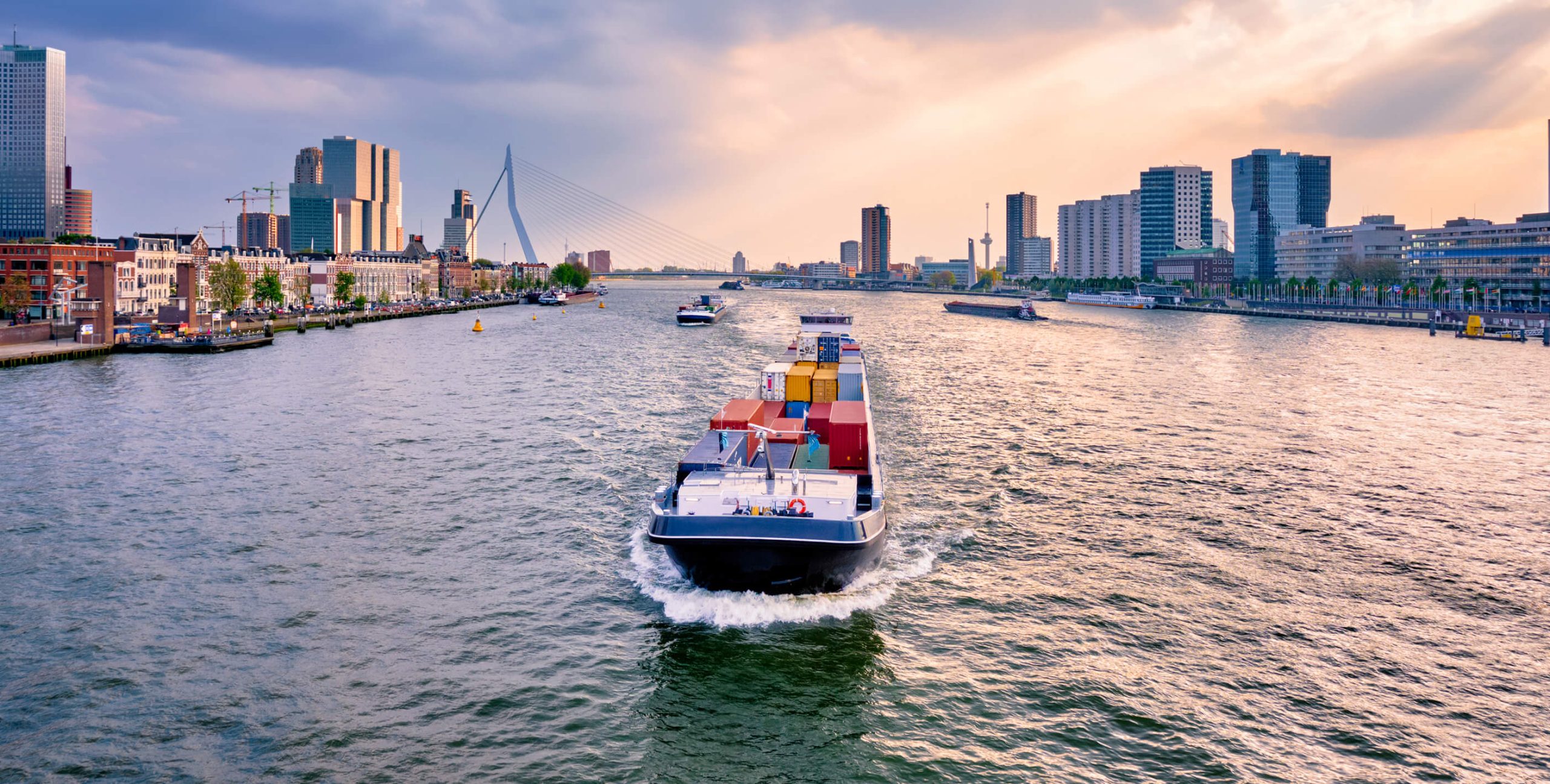Task 4
Environmental and sustainable tools:
Uniquely positioned, inland ports face environmental regulations while striving for sustainable growth. Port managers urgently require practical, cost-effective tools to facilitate the environmental and sustainable development of ports.

Introduction
What is the GRIP-ESMS about?
The Green Inland Ports Environmental and Sustainable Management System (GRIP-ESMS) is an innovative framework tailored to help inland ports improve their environmental and sustainability performance. Combining an Environmental Management System (EMS) and a Sustainable Development System (SDS), it empowers ports to monitor emissions, embrace digitalisation, and align with sustainability goals. Inland ports are integral to the EU’s transport network and pivotal for achieving the European Green Deal’s target of reducing transport emissions by 90% by 2050. GRIP-ESMS addresses the unique challenges faced by inland ports, offering tools to enhance their sustainability, their digital maturity and to ensure that they meet regulatory demands.
What the GRIP-ESMS offers to inland ports?
- It generates an emission profile of the inland port as well as a digital readiness report.
- Assists in setting environmental and sustainable priorities, so that proper measures can be taken.
- Facilitates the engagement of local stakeholders whose operations have significant impacts. Offers guidance on stakeholder engagement, detailing when, how, and with whom to engage.
- checks compliance of chosen actions and targets with regulations.

What is the GRIP-ESMS?
The GRIP- ESMS is a quality management system to monitor and improve environmental and sustainable performance. It consists of two components:
Component 1: The GRIP Environmental Management System (EMS) helps inland ports calculate their environmental impact and to provide transparency on their environmental performance. It identifies a set of future actions which would help the inland port improve its environmental maturity.
Component 2: The GRIP Sustainable Development Module (SDM) treats sustainability as a business opportunity. It identifies the level of digital readiness of the port and assists the port to set actionable measures to advance its digital profile.
GRIP-ESMS Pilot Implementation
Interested in becoming a pilot port to test the GRIP-ESMS? The process follows five key steps: A diagram of a diagram of two people

1. Express Interest
2. Indicate your willingness to participate and attend an intake meeting. The GRIP-ESMS framework is introduced, your environmental maturity and digital performance are assessed, and you receive two diagnostic tools (the Port Environmental Impact Calculation and Digital Readiness), manuals, training materials, and stakeholder engagement guidelines. Implementation typically takes two to six weeks.
3. Diagnostic Review
Complete the diagnostic tools. A follow-up meeting reviews results, addresses challenges, and introduces a module on developing actions to improve environmental or sustainable performance.
4. Action Identification
Determine actionable steps based on best practices and stakeholder input.
5. Roadmap Development
Collaborate with the project team to finalise a tailored roadmap for effective implementation.
6. Final Assessment
Evaluate the GRIP-ESMS tool’s usability and impact, provide feedback, and consult stakeholders to ensure alignment with their priorities. A summary report captures results, lessons learned, and recommended actions for continued sustainability. By participating, you help refine and strengthen the GRIP-ESMS for broader adoption.
Learn more about the tool and how it can support you by downloading the document below: